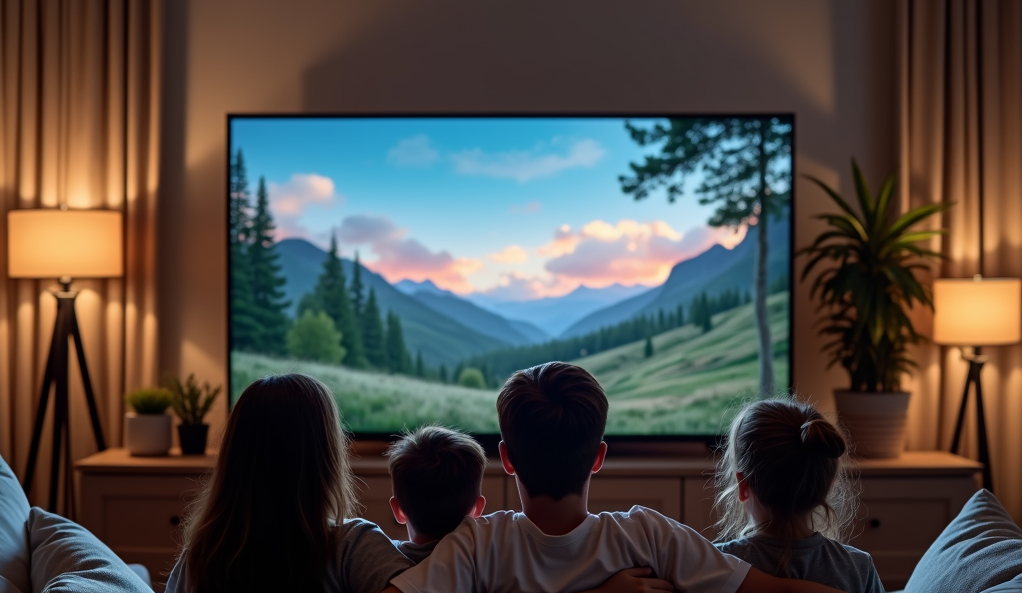
What to Consider When Buying a TV
INTRODUCTION
With so many TV models available, choosing the right one can feel overwhelming. From screen size to picture quality, there are several factors to consider before making your purchase. Whether you're upgrading your home theater or buying your first smart TV, understanding these key elements can help you make an informed decision. Below, we’ve outlined the most important things to keep in mind to ensure you get the best TV for your needs, space, and budget. To guide your decision, here are a few key elements to keep in mind when selecting the right TV for your needs:
With so many TV models available, choosing the right one can feel overwhelming. From screen size to picture quality, there are several factors to consider before making your purchase. Whether you're upgrading your home theater or buying your first smart TV, understanding these key elements can help you make an informed decision. Below, we’ve outlined the most important things to keep in mind to ensure you get the best TV for your needs, space, and budget.
YOUR GUIDE
To guide your decision, here are a few key elements to keep in mind when selecting the right TV for your needs:
Screen Size and Viewing Distance
The size of your TV should correspond to the size of the room and the distance from which you’ll be watching. A larger screen might be tempting, but for smaller rooms, it could result in an uncomfortable viewing experience. As a general rule, aim for a viewing distance of about 1.5 to 2.5 times the diagonal screen size.Resolution (4K vs. 8K vs. HD)
While 4K resolution has become the standard for most modern TVs, some high-end models now offer 8K for those who want the absolute best in picture quality. However, keep in mind that content in 8K is still relatively limited. HD models are typically more affordable, but they may lack the crisp detail that 4K and 8K TVs offer.Smart TV Capabilities
If you stream content from Netflix, Amazon Prime, or YouTube, choosing a TV with built-in smart features can make your experience seamless. Look for TVs that come with popular apps pre-installed or have easy access to app stores.Refresh Rate
A higher refresh rate (measured in Hz) ensures smoother motion, especially when watching fast-paced sports or action scenes. Most modern TVs come with 60Hz or 120Hz refresh rates. If you’re a gamer or sports fan, you might want to consider a TV with a higher refresh rate for the best experience.HDR (High Dynamic Range)
HDR enhances the color and contrast of images, making the picture on your screen look more vibrant and lifelike. Many modern TVs support HDR, but some models perform better in this area than others, so it's worth comparing.Audio Quality
While most modern TVs come with built-in speakers, they often don’t deliver the best sound quality, especially in larger rooms. If audio is important to you, consider models with enhanced sound systems or plan to invest in an external soundbar for better performance.Price and Value
It’s essential to set a budget before you start shopping for a TV. While high-end models come with the latest technology and features, mid-range and budget options often offer excellent value for those who don’t need all the bells and whistles. Decide on the features that are most important to you and find a TV that balances performance and price.Conclusion
Buying a new TV is a significant investment, and making the right choice requires balancing features, price, and personal preferences. By considering factors like screen size, resolution, smart capabilities, and audio quality, you can find a TV that elevates your viewing experience without exceeding your budget. Whether you’re a movie buff, a gamer, or simply looking for the best value, keeping these tips in mind will help you find a TV that fits your lifestyle and delivers the performance you need.

